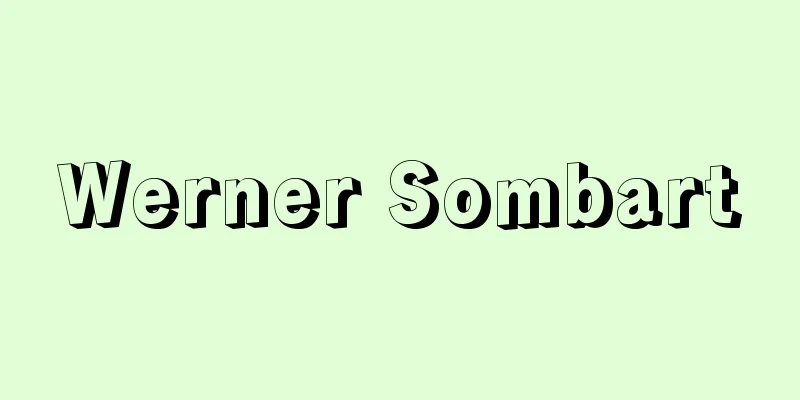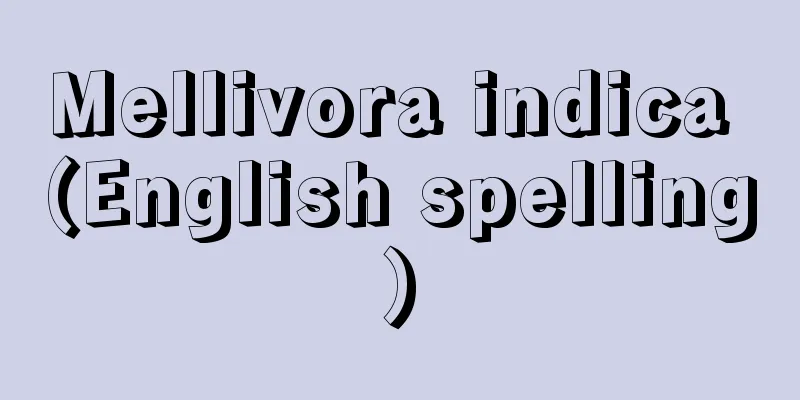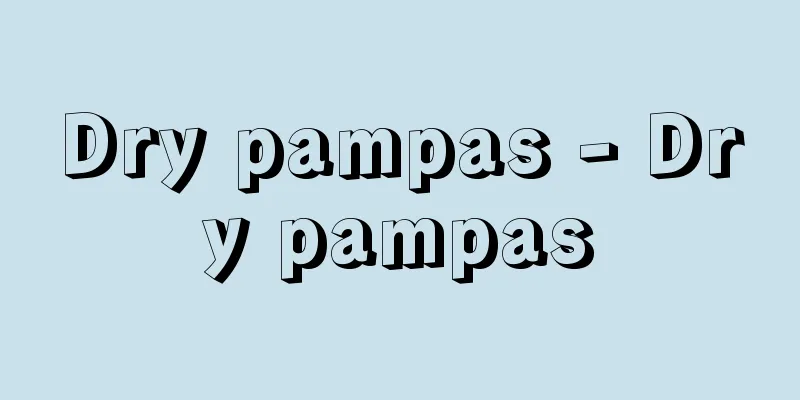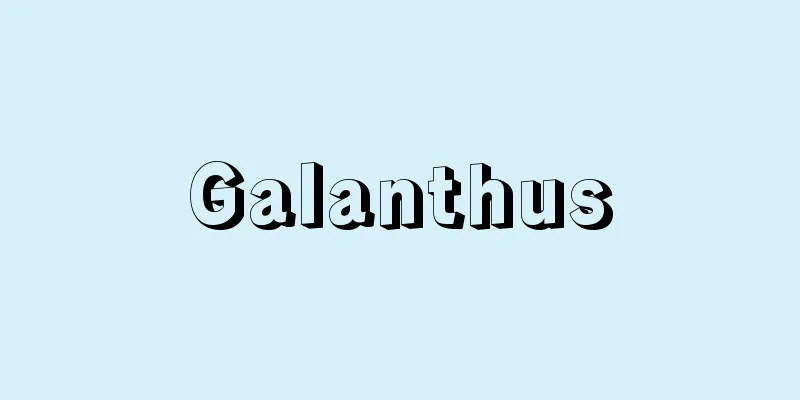Science Council of Japan

|
It is the representative organization for Japanese scientists in all fields of humanities, social sciences, and natural sciences. In the democratization after the Second World War, the Imperial Academy (established in 1906), the Science Research Council (1920), and the Japan Society for the Promotion of Science (1932) were reorganized, and the Academic System Reform Committee was established in 1947 (Showa 22). In 1948, the reorganization plan was submitted, and the Science Council of Japan Act was enacted, and the Council was established the following year in 1949. The purpose of the Science Council of Japan is "to promote the advancement and development of science, and to reflect and spread science in government, industry, and people's lives" (Article 2 of the Science Council of Japan Act). To achieve this goal, the Council makes recommendations and reports to the government, issues statements, participates in domestic and international conferences, and cooperates in academic exchanges. For this reason, the Council is a member of 46 international academic organizations, including the International Council for Science (ICSU) and the International Federation of Social Science Organizations (IFSSO), and is working to develop academics internationally. It also hosts and sponsors international conferences, and sends representatives. It is a special agency of the Cabinet Office and its expenses are covered by the national treasury, but its independence is guaranteed (Article 3 of the same Act). The Science Council of Japan is made up of 210 members and approximately 2,000 associated members. Members serve for six-year terms, with a selection committee choosing from candidates recommended by members and associated members. Members belong to either Division I, Humanities and Social Sciences; Division II, Life Sciences; or Division III, Science and Engineering, and play a central role in the council's activities. Associate members do not belong to any division, but work in cooperation with other members to participate in activities. There are four functional committees for organizational management, and 30 field-specific committees corresponding to each specialized field, as well as temporary issue-specific committees established in response to current issues. The general assembly, which serves as the council's highest decision-making body, is usually held twice a year with the attendance of members. Since its establishment, the Society has adopted many recommendations, requests, and statements, and in particular, at its 17th General Assembly in 1954, it declared its rejection of nuclear weapons research and the three principles of atomic research (democracy, autonomy, and openness), which were incorporated into the Atomic Energy Basic Law, and played a major role in academic administration after the Second World War. However, its authority to make recommendations to the government was weakened by a series of policies, such as the establishment of the government's Science and Technology Agency (1956), the Science and Technology Council (1959), and the Academic Council (1967) (in 2001, the Science and Technology Agency became the Ministry of Education, Culture, Sports, Science and Technology, and the Science and Technology Council became the Council for Science and Technology Policy of the Cabinet Office). [Akira Suzumebe] "Fukushima Yoichi, 'Forty Years of the 'Forest of Scholars' - Together with the Science Council of Japan', Volumes 1 and 2 (1986, 1988, Nippon Hyoronsha) " "Japan Science Cooperation Foundation, ed., 'Handbook of the Science Council of Japan: The Current State of Japanese Scientists and Science' (1998)" "The Science Council of Japan, ed., 'Fifty Years of the Science Council of Japan' (1999)" [Reference item] |Source: Shogakukan Encyclopedia Nipponica About Encyclopedia Nipponica Information | Legend |
|
日本の人文・社会科学、自然科学の全分野にわたる科学者の代表機関。第二次世界大戦後の民主化のなかで、戦前からの帝国学士院(1906設立)、学術研究会議(1920)、日本学術振興会(1932)を再編成することになり、1947年(昭和22)学術体制刷新委員会が設置された。1948年改組案の答申により、日本学術会議法が制定され、翌1949年設立となった。日本学術会議の目的は「科学の向上発達を図り、行政、産業及び国民生活に科学を反映浸透させること」(日本学術会議法2条)で、目的実現のために政府への勧告・答申、声明の発表、国内・国際的な会議への参加、学術交流協力などを行う。このため国際科学会議(ICSU)、国際社会科学団体連盟(IFSSO)をはじめ46の国際学術団体に加入し、国際的な学術の発展に努めている。また国際会議の主催、後援、代表の派遣なども行う。内閣府の特別の機関で経費は国庫の負担だが、独立性は保障されている(同法3条)。 日本学術会議は、210人の会員と約2000人の連携会員によって組織されている。任期は6年で、会員と連携会員の推薦した候補者等のなかから選考委員会が選考する。会員は人文・社会科学系の第一部、生命科学系の第二部、理学・工学系の第三部のいずれかに属して活動の中核を担い、連携会員は部には属さず、会員と連携して活動に参画する。組織運営のための四つの機能別委員会と、各専門分野に対応した30の分野別委員会が常置されているほか、その時々の課題に応じた課題別委員会が時限設置される。最高議決機関である総会は、会員の出席により、通常年2回開催される。 設立以来、多くの勧告・要望・声明等を採択、とくに1954年の第17回総会は、核兵器研究の拒否と原子力研究の三原則(民主・自主・公開)を声明、三原則が原子力基本法に生かされるなど、第二次世界大戦後の学術行政に力を発揮してきた。しかし、他方、政府の科学技術庁(1956)、科学技術会議(1959)、学術審議会(1967)の設置など(2001年より科学技術庁は文部科学省、科学技術会議は内閣府の総合科学技術会議となった)、一連の政策により、政府への勧告などの権限は薄められた。 [雀部 晶] 『福島要一著『「学者の森」の40年――日本学術会議とともに』上下(1986、88・日本評論社)』▽『日本学術協力財団編・刊『日本学術会議ハンドブック 日本の科学者と科学の現状』(1998)』▽『日本学術会議編・刊『日本学術会議五十年史』(1999)』 [参照項目] |出典 小学館 日本大百科全書(ニッポニカ)日本大百科全書(ニッポニカ)について 情報 | 凡例 |
<<: Japan Society for the Promotion of Science
Recommend
Vittorio - Vittorio
...a medieval optician. Also known as Vitellio. D...
Chuji Aoi
1904-1975 A businessman from the Showa era. Born ...
Anacanthobatidae
...the family Pristidae has a protruding snout wi...
Uchizome - Uchizome
...Based on the idea that the first work of the y...
Kashimo [village] - Kashimo
A village in Ena County, on the eastern edge of Gi...
Karimiya
…It was also written as Tonmiya and was called Ka...
Chinese philosophy
The three major trends that make up Chinese though...
Akizuki clan
His original surname was Okura. He is said to have...
Madurodam (English spelling)
A miniature city on the outskirts of The Hague, Ne...
Satsuma no Kami - Lord of Satsuma
Kyogen play title. Kyogen about becoming a monk. ...
《Divine Guide》 - Kamiji no Tebikigusa
…His works include the Eight Books of Zanko, whic...
Basilius
…Greek Church Father who worked hard to resolve t...
Charles IX - Charles
King of France (reigned 1560-1574). Son of Henry I...
Ashuk - Ashuk
...Today, many people are engaged in agriculture ...
"Record of a Korean resident in Japan" - Record of a Korean resident in Japan
...Kim Dal-su's "Genkai Sea" (1954)...









